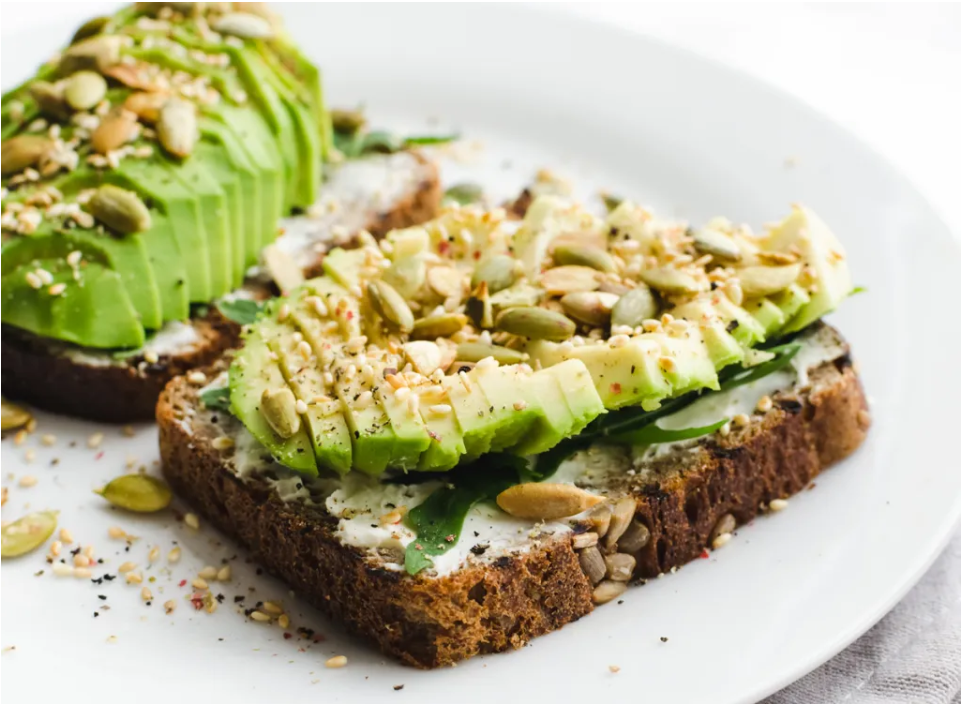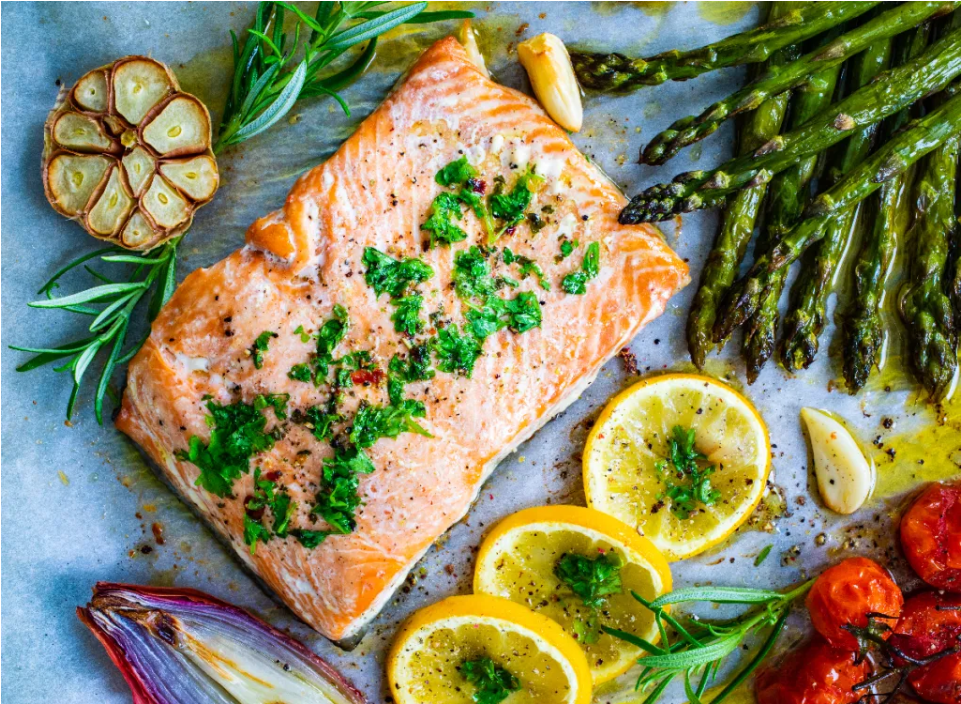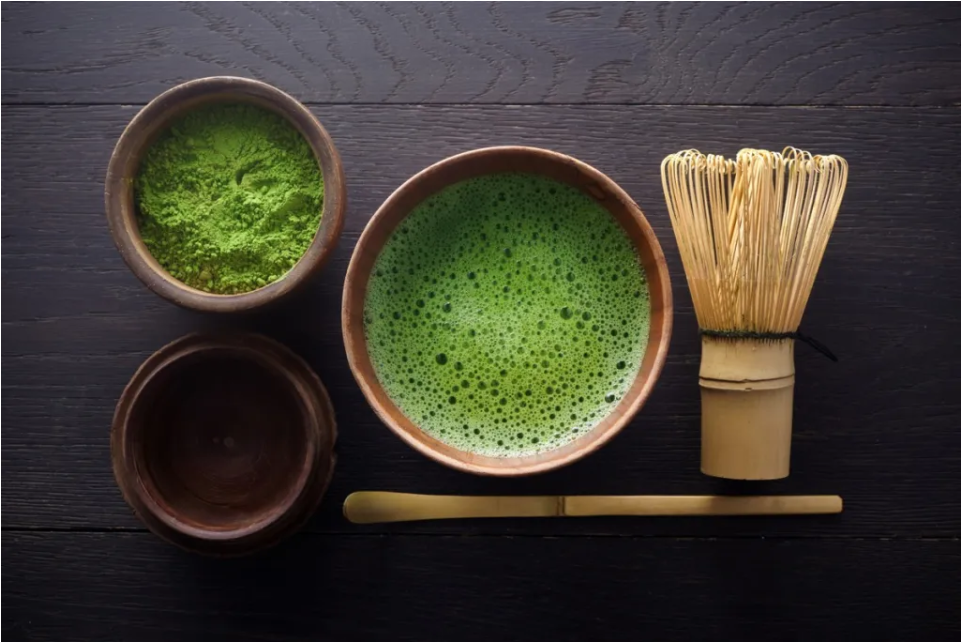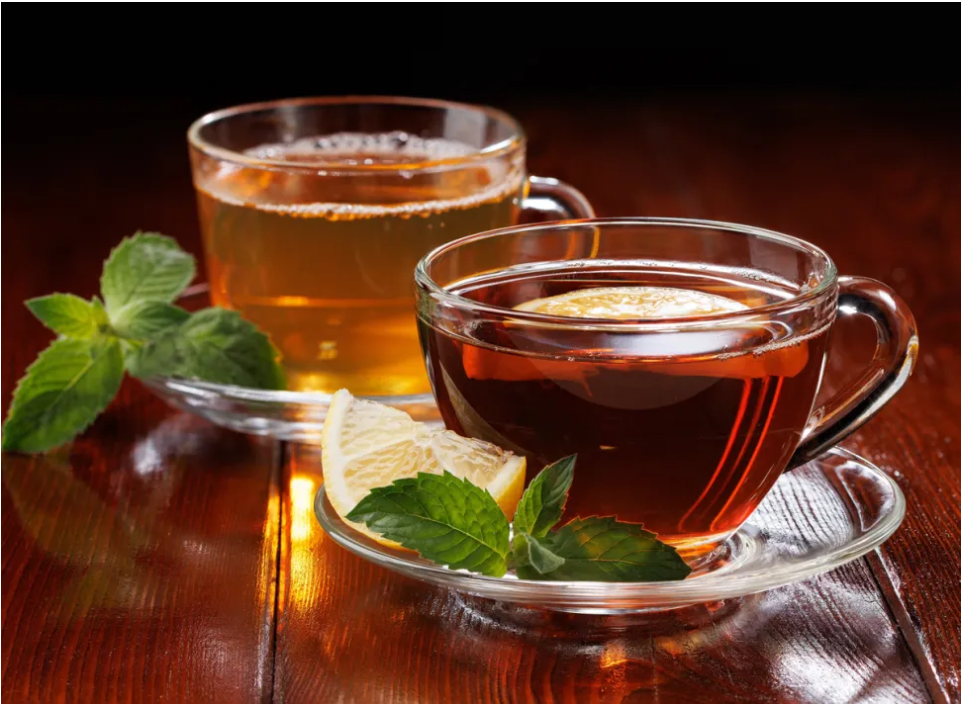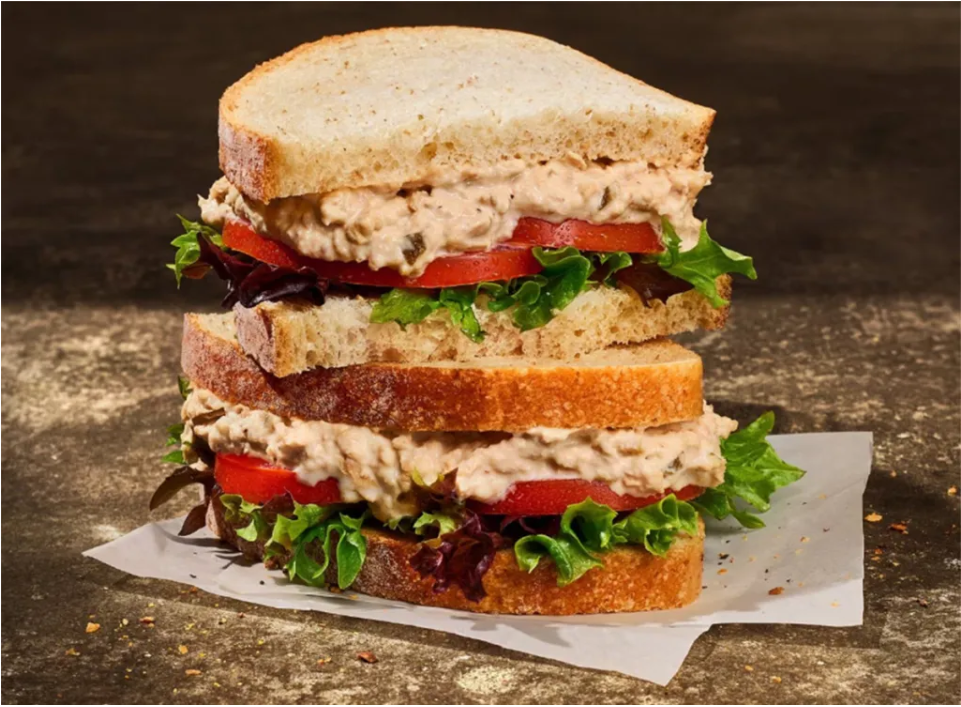Sharon Stone, the legendary Hollywood actress, has won global respect for her fearless acting skills and tenacious vitality. After experiencing severe cerebral hemorrhage and stroke, she reshaped her health with a strong and scientific lifestyle. At the age of 65, she still maintains an enviable figure and youthful appearance. Her eating habits and life philosophy provide us with valuable health inspiration.
1. Choose low-glycemic index foods
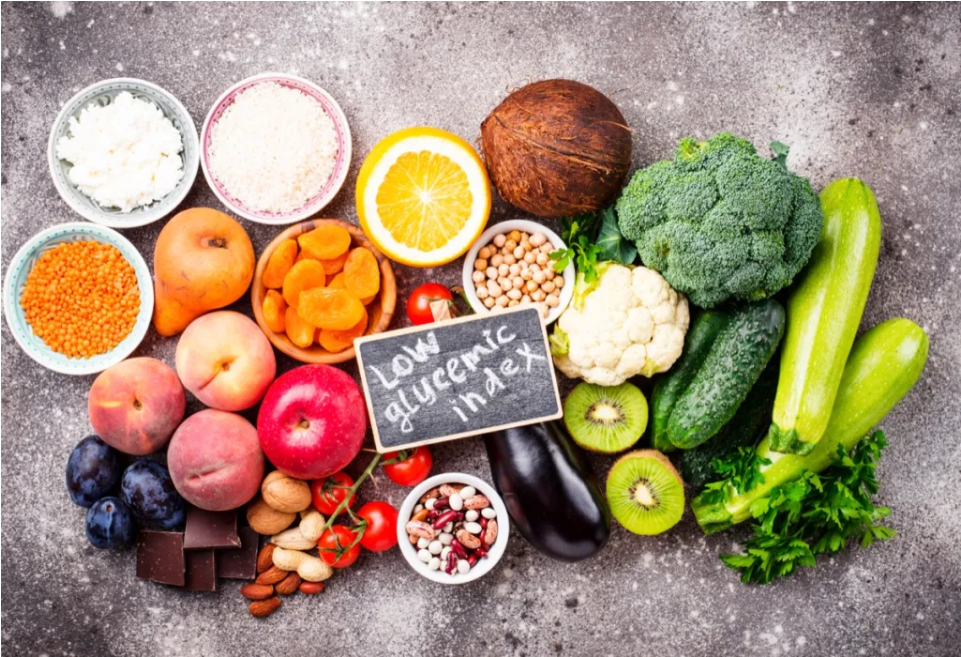
Sharon insists on consuming low-glycemic index (GI) foods, such as lentils, quinoa and various vegetables. Nutritionist Lauren Whitman explained that low-GI foods can stabilize blood sugar, reduce insulin fluctuations, help control weight, lower cholesterol and blood pressure, and prevent diabetes.
2. Quit drinking and reduce empty calorie intake

Inspired by Madonna, Sharon decided to quit drinking for three months, with significant results. Nutritionist Mary Sabat pointed out that alcohol is high in calories and has no nutritional value, which can easily lead to abdominal fat accumulation and weight gain. Quitting alcohol can help reduce calorie intake and improve metabolism.
3. Stick to a nutritious breakfast
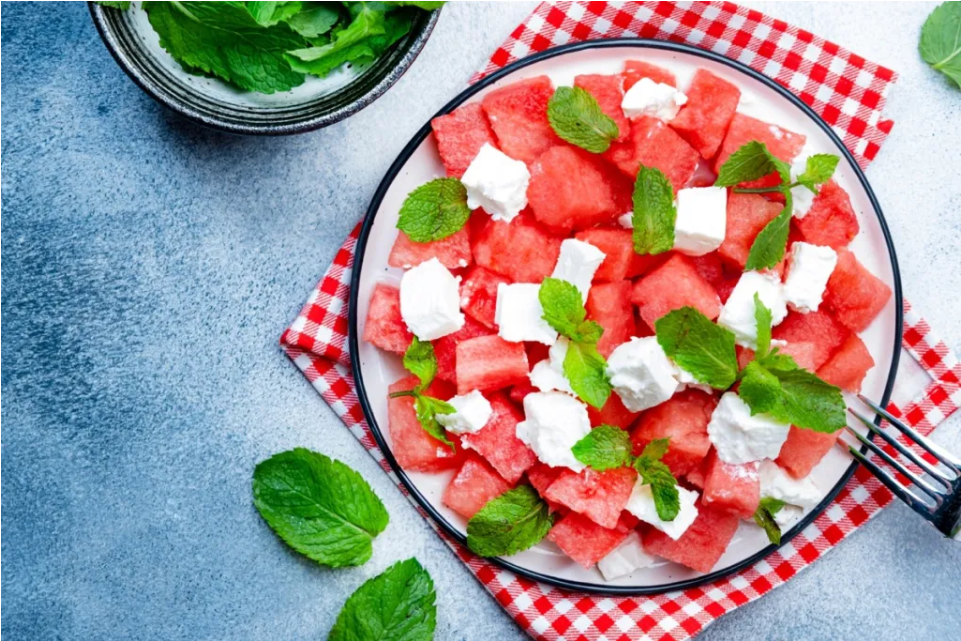
Her breakfast often includes watermelon with feta cheese and mint, drizzled with olive oil, salt and pepper, and paired with a slice of gluten-free sourdough bread and a cup of herbal tea. Nutritionist Amy Margulies emphasized that a good breakfast helps stabilize blood sugar and improve mood, and skipping breakfast is not conducive to long-term weight loss.
4. Avoid processed foods

Although it is sometimes difficult to resist the temptation of potato chips, Sirloin tries to stay away from highly processed foods. Nutritionist Cheryl Mussatto reminds that ultra-processed foods are rich in sugar, salt and unhealthy fats, which increase the risk of obesity, diabetes and cardiovascular disease.
5. Eat more lean meat and protein

Sirloin’s diet includes a lot of lean meat such as chicken breast, turkey, lean beef and pork. Nutritionist Cesar Sauza pointed out that lean meat is rich in protein and low in saturated fat, which helps maintain muscle mass and heart health.
6. Eat eggs regularly

Eggs are a regular in her diet. They are rich in nutrients such as vitamins A, D, E, B12 and choline, which are good for brain and eye health. Nutritionist Sam Schleiger praised the diversity and nutritional density of eggs, making them an ideal choice for a healthy diet.
7. Love steamed vegetables with main dishes
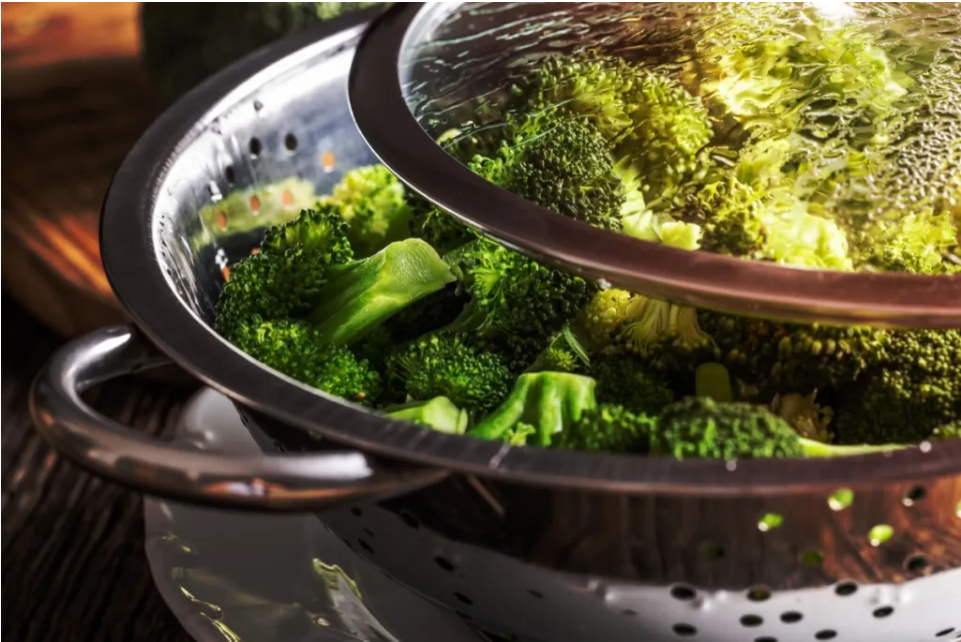
She likes to pair steamed vegetables with grilled chicken, lamb, salmon and lean steak. Vegetables provide rich fiber, antioxidants and vitamins, helping to promote satiety and overall health. Nutritionists Rania Batayneh and Susan Schachter both emphasize the important role of vegetables in preventing chronic diseases and weight management.
Sharon Stone uses her life experience to tell us that health and beauty come from scientific dietary choices and a persistent attitude towards life. As she said: “Age is just a number. The real power comes from caring for your body and mind.” Let us draw inspiration from her dietary rules and embrace a healthy life.
















